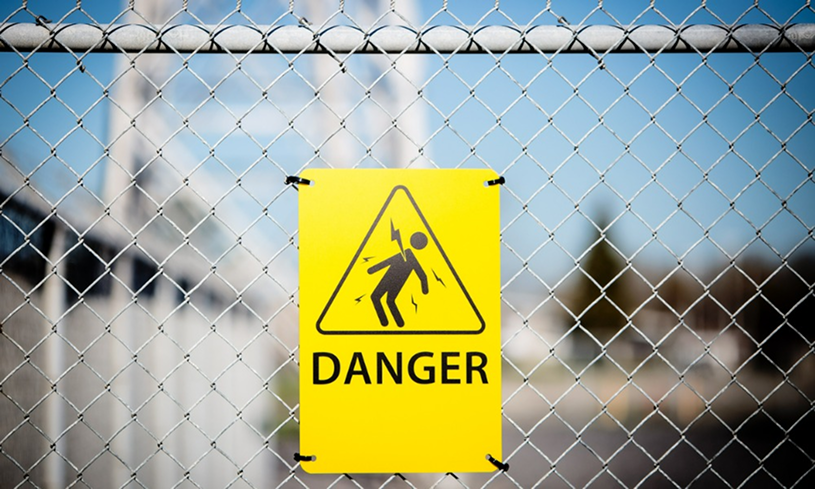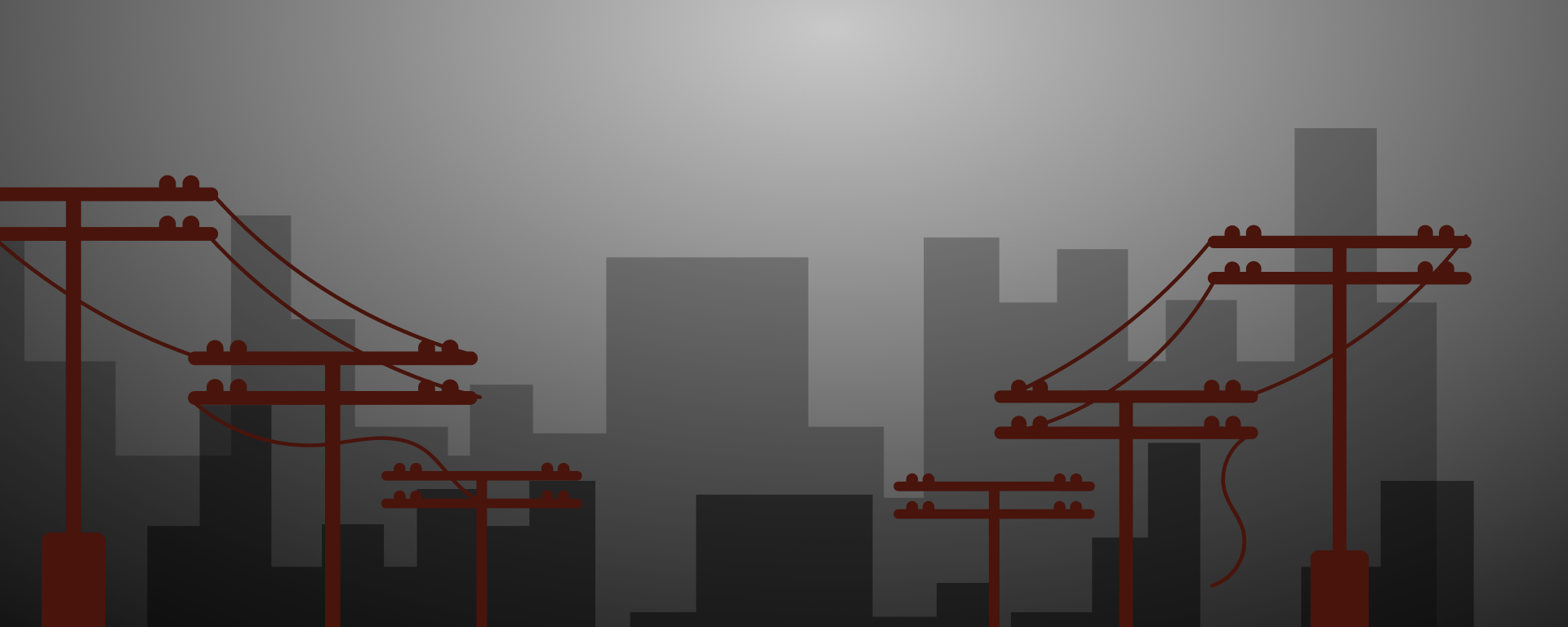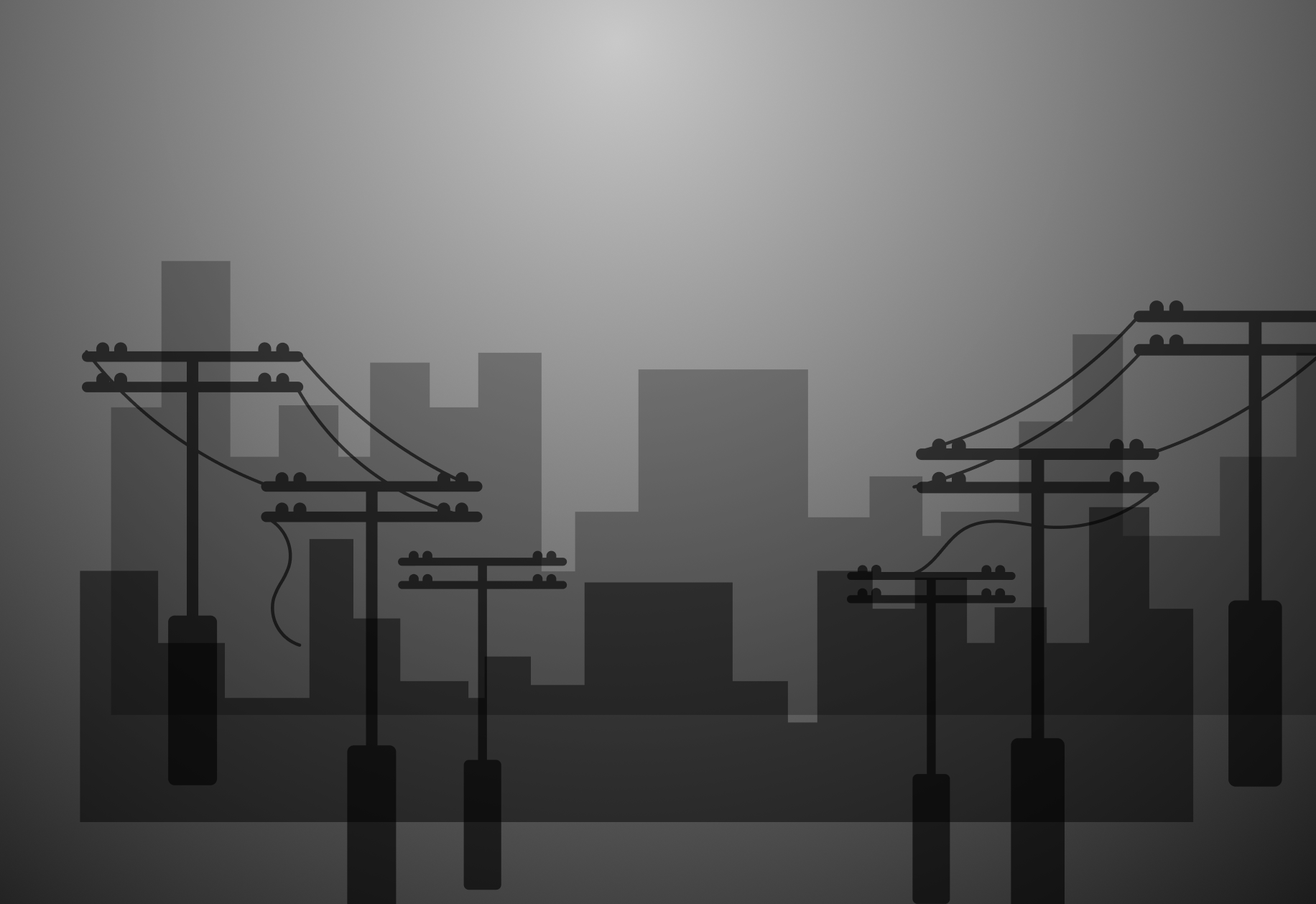Wherever there’s electricity, there’s risk. Whether you’re operating in a manufacturing plant, data center, or utility facility, electrical dangers are ever-present. The most serious hazards—electric shock, arc flash, and arc blast—can result in severe injury or even fatality if not properly assessed and mitigated.
At High Voltage Control Inc., based in Miami, we work with professionals across industries to ensure that the high-voltage systems they use are supported by world-class safety knowledge, advanced risk assessment tools, and proper protective strategies. We supply the equipment—and the insight—that help keep your people safe.
Why Identifying Electrical Hazards Is Critical
Global electrical safety regulations require employers to assess job sites for risks, particularly where electrical work is being performed. These assessments are essential to determine the need for personal protective equipment (PPE) and safe work practices.
Whether you’re dealing with live equipment or simply working near energized components, the first step is understanding what dangers may be present—and where.
Let’s break them down:

Key Electrical Hazards You Must Know
1. Electric Shock
An electric shock occurs when electrical current passes through the body, typically because of contact between different voltage potentials. Even a small amount of current—just 0.1 amps—can trigger cardiac arrest. Shock hazards are most dangerous when a person completes a circuit between a live component and ground.
At High Voltage Control Inc., we emphasize the importance of high-quality insulation, proper grounding, and voltage-rated test equipment to reduce shock risks during diagnostics and maintenance.
2. Arc Flash
Many assume that arc flash only occurs at high voltage levels. That’s a dangerous misconception.
Arc flash is the result of a high-energy electrical fault and can happen at both low and high voltages. It’s not voltage that drives the danger—it’s the available fault current and the time it takes the protective device to trip. An arc flash can reach temperatures hotter than the sun’s surface, causing severe burns in milliseconds.
Our testing equipment is designed with arc-flash resilience in mind, and we assist our customers with understanding how to select and use it safely.
3. Arc Blast
An arc blast is the pressure wave created by an arc flash. This violent force can send shrapnel flying, destroy equipment, and generate sound levels up to 165 dB—enough to cause permanent hearing damage.
Arc blast energy comes from:
Expanding gases from vaporized metals
Superheating of surrounding air
Short-circuit current at the fault
Identifying and minimizing the blast potential is essential in high-energy systems—exactly the type of systems our clients in power utilities and heavy industry deal with every day.
How to Perform an Electrical Hazard Assessment
Standards such as NFPA 70E and OSHA 1910 require that employers evaluate all potential electrical hazards in the workplace. This includes assessing whether energized parts are present, the level of exposure, and whether PPE is needed to protect against these hazards.
Our team at High Voltage Control Inc. helps clients develop risk assessments tailored to their systems, ensuring that they remain compliant while maintaining a safe work environment.
Steps in an Electrical Risk Assessment
1. Working in the Presence of Live Energy
Before any task begins near energized components, you must:
Evaluate the electrical hazards
Determine the risk level to employees
Establish necessary work practices and PPE
Whenever possible, circuits and conductors should be de-energized and verified safe before work begins. If live work is necessary, it must follow strict, predefined safety procedures.
2. Shock Risk Assessment
To assess shock hazards, you must:
Identify the voltage levels workers may contact
Establish shock protection boundaries (limited and restricted approach zones)
Define the PPE required (gloves, tools, arc-rated suits)
Alerting systems such as warning labels, barriers, and trained attendants should be used at every boundary to keep unqualified personnel out of danger zones.
3. Arc Flash Risk Assessment
An arc flash study should determine:
Whether an arc flash risk exists
The arc flash boundary
Appropriate PPE and safe work practices
Impact of breaker trip time, system maintenance, and protective device coordination
These assessments should be reviewed and updated:
At least every five years
After any major changes to the electrical infrastructure
Our specialists provide guidance and recommend testing instruments that aid in gathering the data necessary for these assessments.
Creating a Comprehensive Electrical Safety Program
An effective electrical safety program goes far beyond PPE. It should include administrative controls such as:
Detailed safe work procedures
Regular equipment maintenance checks
Worker training and certification
Clear communication of hazards and controls
Regular audits of the safety program and procedures
At High Voltage Control Inc., we assist clients in Miami and across the country with implementing safety programs aligned with industry standards and tailored to their specific environments.
What a Strong Safety Program Should Cover
Your electrical safety plan should include:
Clearly defined tasks and hazard identification
Qualification requirements for workers
Steps to assess risks and determine PPE
Job briefing protocols before work begins
Self-discipline and accountability for all electrical workers
Regular review and audits of field activities
We also recommend tools and systems that automate parts of the risk assessment process, making your program more efficient and repeatable.
Final Thoughts from High Voltage Control Inc. in Miami
Electrical hazards aren’t theoretical—they are present in every facility powered by electricity. Whether you’re working directly on energized parts or simply nearby, understanding the types of hazards, performing thorough risk assessments, and enforcing well-developed safety procedures is vital.
At High Voltage Control Inc. in Miami, we’re more than a supplier of high-voltage testing equipment—we’re your safety partner. From insulation testers to arc flash analyzers, we provide the tools and technical support you need to keep your operations running safely and reliably.
Need help evaluating your electrical risks or choosing the right testing tools? Get in touch with our experts—we’re here to help.

